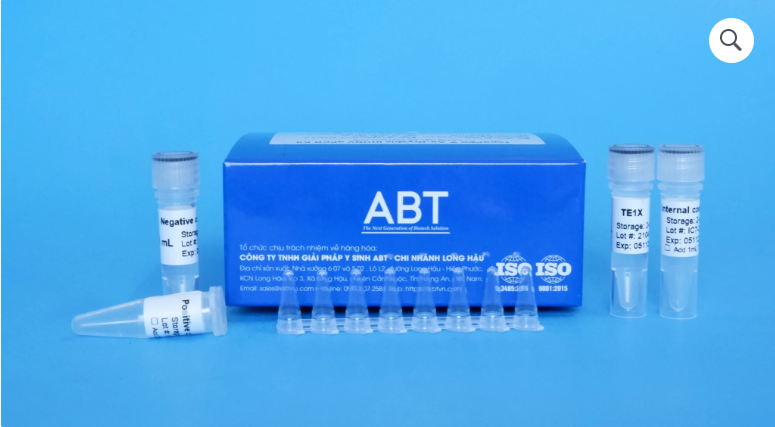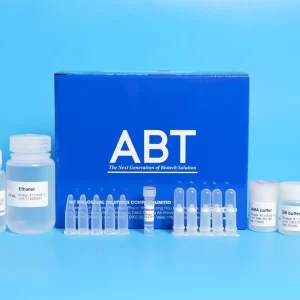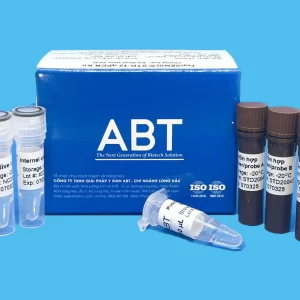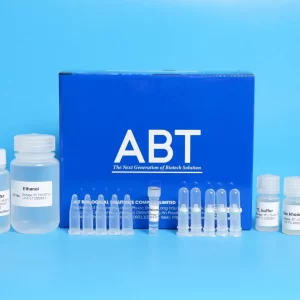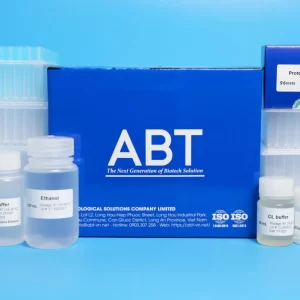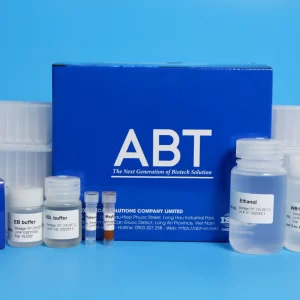1. Introduction to African swine fever virus (ASFV)
African Swine Fever (ASF) is an infectious disease caused by the ASF virus, or African Swine Fever Virus. This virus belongs to the Asfarviridae family, not the influenza family like the swine flu virus. ASF originated in Africa and has spread to Europe, Asia, and other regions.
African Swine Fever Virus (ASFV) is a double-stranded DNA virus with a large genome that replicates and replicates in the cytoplasm of infected cells. African swine fever is often spread through disease vectors such as soft ticks, or through respiratory and gastrointestinal contact. Pigs can also be infected through bites.
After acute and chronic infection, pigs can be reinfected and become carriers of the virus. This virus mainly attacks monocytes and macrophages, penetrating through the mechanism of endophagy, multiplies at the edge of the host cell, and does not cause death of the host cell through the budding mechanism.
African Swine Fever (ASF) is a highly contagious disease in pigs, with a mortality rate of up to 100%. As of 2022, ASFV has appeared in more than 50 countries and affects nearly 75% of pig production worldwide.
2. African swine fever virus test kit
Description: TopSPEC® Air-Dryable ASFV qPCR Kit is a dried real-time PCR kit that helps test ASFV(Vp72 gene) agent on shrimp samples using Real-time technique PCR. The kit is designed and manufactured by ABT in dried master mix form which is pre-divided into PCR tubes.
Samples:
- Specimens from spleen, tonsils, lymph nodes, kidneys from pigs: ground into a 10% suspension with sterile physiological water solution or PBS. Then centrifuge at 1500 rpm for 10 minutes. Collecting the supernatant can be used to diagnose and detect African swine fever virus using qPCR reaction.
- Whole blood sample: blood is collected in a specialized tube containing anticoagulant (do not use a tube containing heparin because it will inhibit the reaction).
- Serum: Take 3 mL of blood into a tube (does not contain EDTA and heparin anticoagulants). Then, separate the serum by centrifugation at 3000 rpm for 15 minutes. The serum is then transferred into a sterile polypropylene tube.
Storage:
- Cool temperature (2-8°C) for 12 months
- Room temperature shipping within 1 week.
Components:

Principles
- Real-time PCR method used used to detect viral genetic material in a variety of sample types, allowing the presence of ASFV to be detected before the virus causes obvious symptoms in livestock.
- Samples: Sample types include spleen, tonsils, lymph nodes, serum, and whole blood samples from pigs.
- Principle: ASFV testing uses primer and probe to specifically pair with the DNA sequence that encodes the specific protein of ASFV. Currently, diagnostic kits often design primers and probes based on the p72 protein coding sequence region of ASFV. P72 is an ASFV-specific protein, capable of good recognition even when the sample contains inactivated or degraded virus. ABT’s ASFV test kit also uses the vp72 recognition sequence to detect the disease-causing virus.
- Advantages: This method has high sensitivity and specificity, allowing early virus detection. PCR and Real-time PCR are recommended by the World Organization for Animal Health (OIE) as a standard method for diagnosing ASFV (OIE Document Reference).
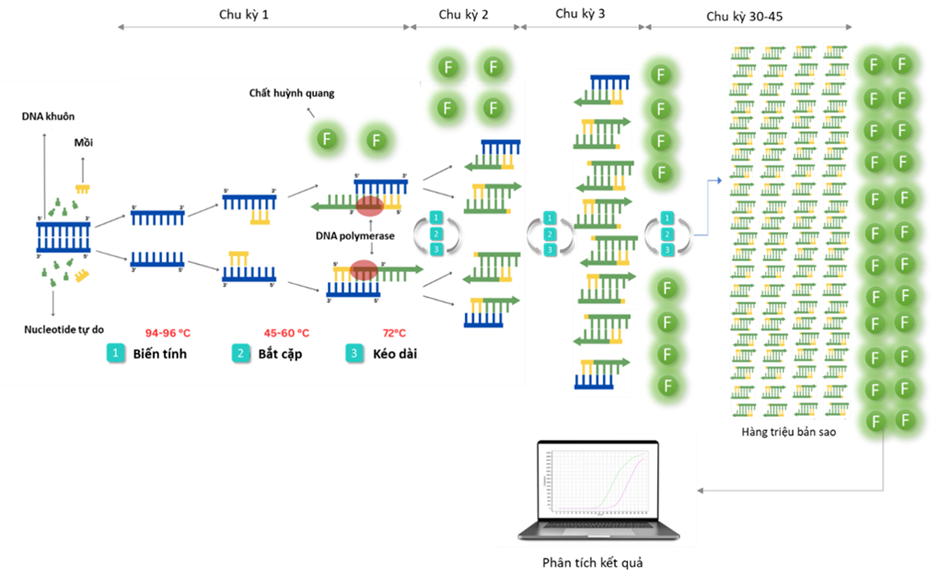
Real-time PCR Result:

3. Recommended DNA/RNA extraction kit
TopPURE® Genomic DNA extraction kit (HI-112) Recommended for viral DNA extraction from 10% suspension samples;
TopPURE® Blood DNA extraction kit (HI-132) Recommended for viral DNA extraction from whole blood samples;
TopPURE® Serum viral extraction kit recommended for viral DNA extraction from serum samples.

